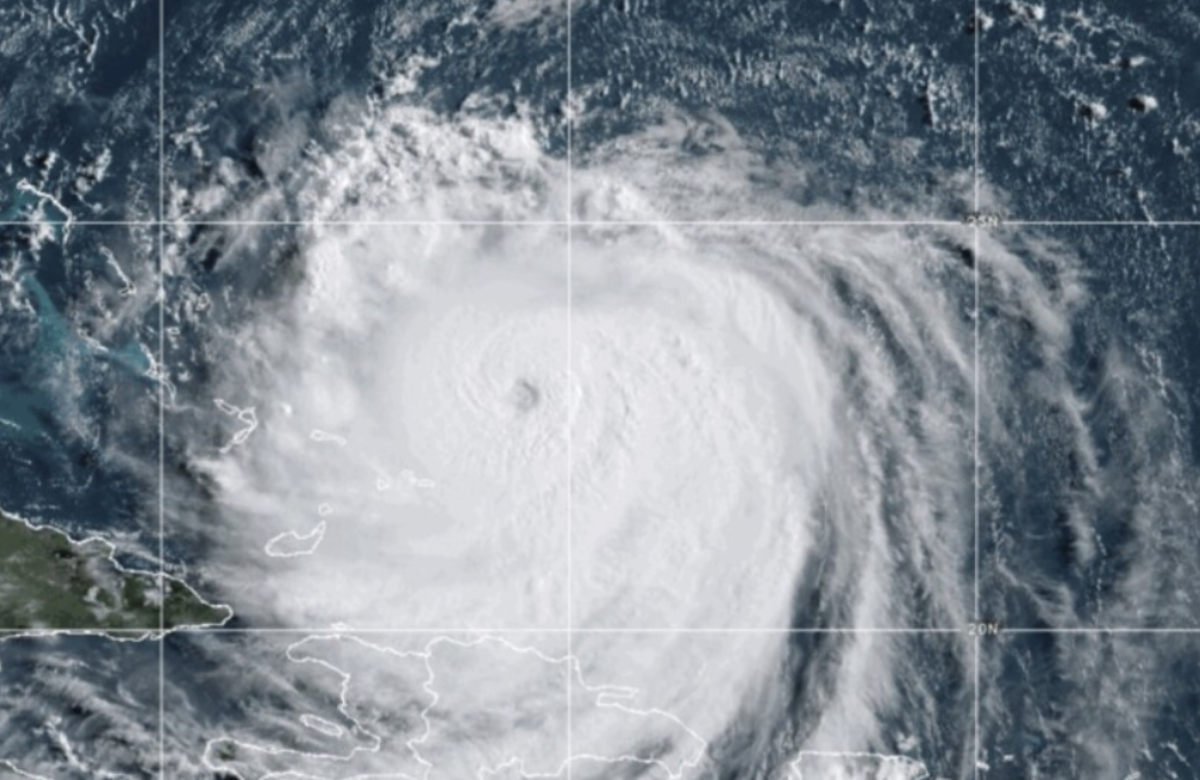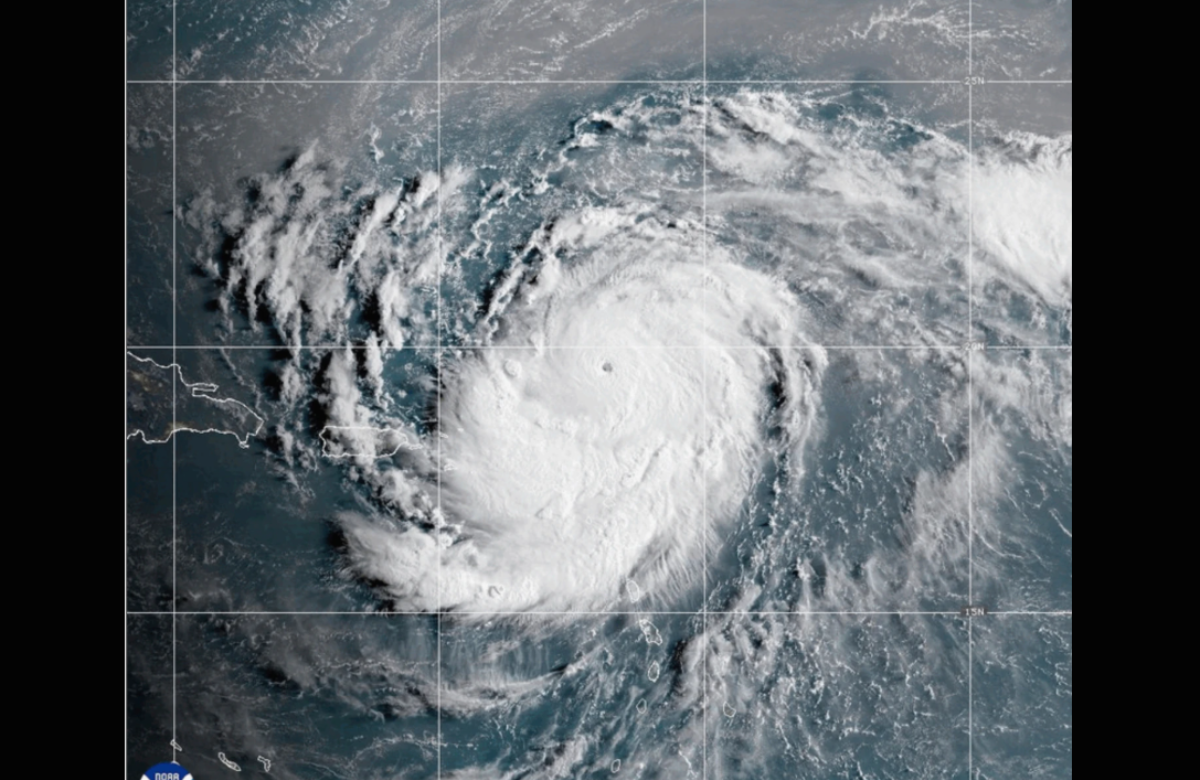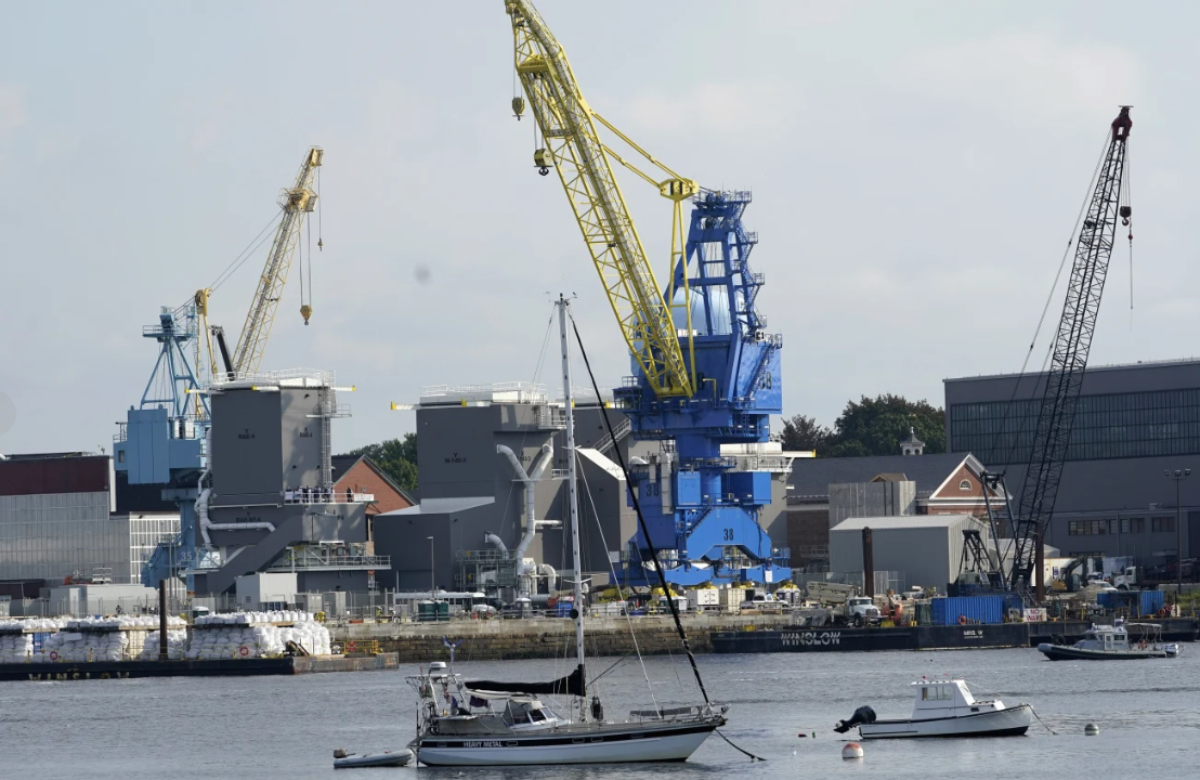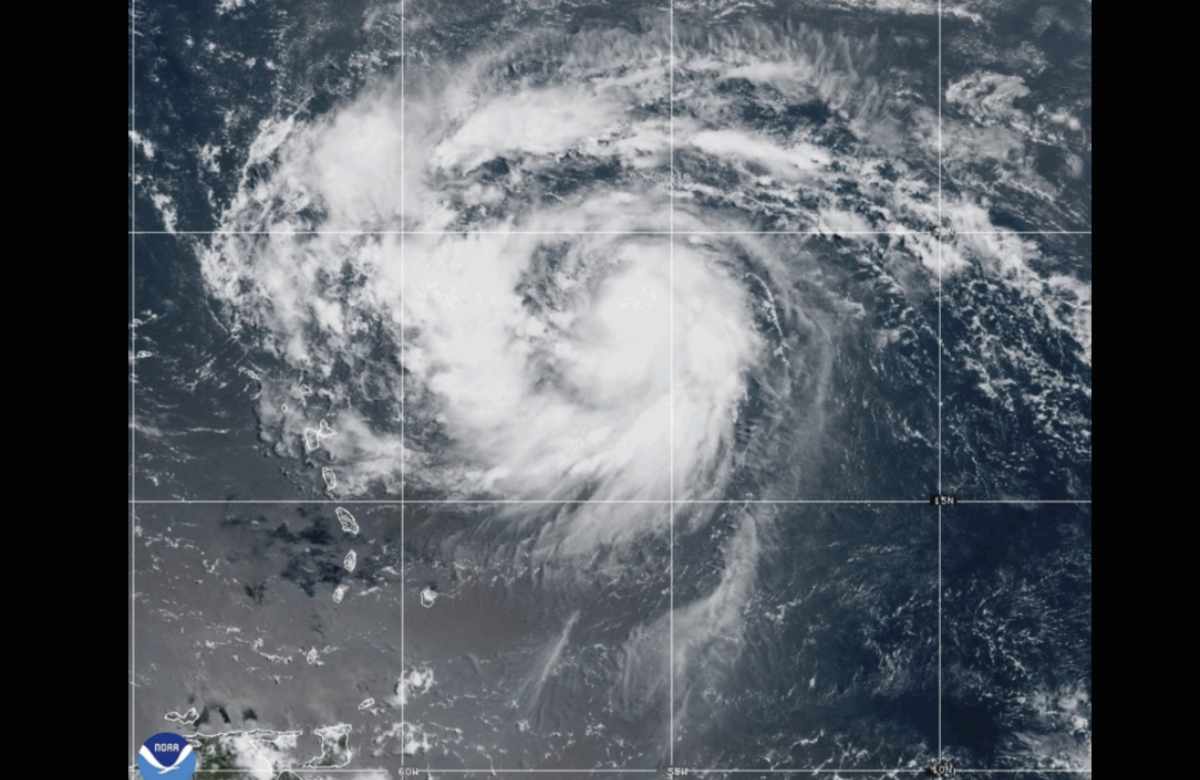On Monday, the Bulgarian shipping company Navigation Maritime Bulgare, which operates the vessel Vezhen, stated that the ship’s anchor had dropped to the sea floor due to high winds, and clarified that there was no malicious intent involved.
Earlier, Latvia’s military reported seeing three ships in the vicinity of the area where the damage to the cable occurred.
This incident follows NATO’s recent launch of a new mission in the Baltic Sea aimed at addressing repeated attacks on underwater power and telecom cables, some of which have been linked to Russia.
Latvian Prime Minister Evika Silina confirmed that Latvia was working closely with Sweden and NATO in response to the event.
The damaged cable, owned by Latvia’s state broadcaster LVRTC, caused some disruptions in data transmission services, although the broadcaster assured that end users were mostly unaffected.
This incident follows NATO’s Baltic Sentry mission, which was launched earlier this month after several cables under the Baltic Sea were damaged or severed in 2024.
NATO Secretary-General Mark Rutte emphasized that the mission would include more patrol aircraft, warships, and drones.
While Russia wasn’t directly blamed for the cable damage, Rutte expressed concerns about Moscow’s “shadow fleet,” which refers to vessels with unclear ownership, often involved in carrying embargoed oil products.
Rutte also stated that NATO would strengthen its monitoring efforts and respond firmly to any future infrastructure damage, including more inspections of suspicious vessels and, if necessary, their seizure.
Additionally, Finnish police are investigating whether a Russian ship played a role in the sabotage of an electricity cable connecting Finland and Estonia late last year.













